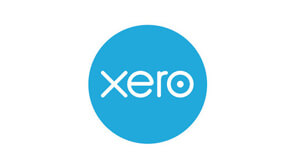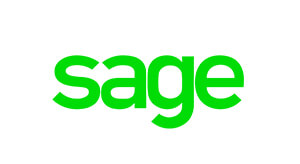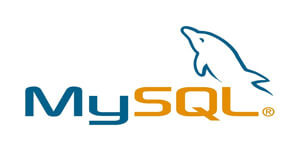Need to Know Terms for Bookkeeping Services
When it comes to finances there is a lot of jargon floating around that you will hear used quite often. While most of it can be explained in simple terms with a quick google search (other search engines are available), it is good practice to be aware of what some of them actually mean and their importance to bookkeeping. That way you can avoid being caught off guard.
At Momentum Bookkeeping, we want to help our clients to build up their business and keep moving forwards. And while we know the jargon used in the industry, we know that you probably don’t. So to help you get your head around it, we have compiled a list, a ‘financial terms dictionary’, of some of the more common and simpler terms that pop up in the bookkeeping and accountancy world which will help you stay in the loop. Some of them may be seem fairly obvious and self-explanatory, but in the next 5 minutes (roughly) of reading, you’ll have gained a slightly broader knowledge of financial definitions that you can use to build some real momentum in your business.
We’ll start of by simply defining the term bookkeeping, just so we’re all on the same page. Bookkeeping is the process of recording and evaluating of all your business’ financial transactions. There are two main types of bookkeeping. These being single entry bookkeeping and double entry bookkeeping.
Single Entry
Single entry is the less complex of the two type of bookkeeping. It is simply the method of keeping a record of all financial transactions as and when they happen. It is an adequate method of keeping track of transactions for Sole Traders with no employees or small businesses with no inventory. However, for most businesses, this method is far too basic to get a sufficient picture of what going on hence the second type of bookkeeping method called Double Entry.
Double entry
The other method of bookkeeping is called Double Entry and is far more thorough, allowing you to analyse your business financials more accurately. In double entry bookkeeping, every debit is matched with a credit. So, for every transaction there is a corresponding opposite entry recorded. This makes it simple to identify exactly where your money going and the value that you gain from the transaction, and vice versa.
4 Basic Financial Statements
In bookkeeping and accounting there are 4 basic financial statements. These are used to analyse and evaluate the financial state of a business. They give a comprehensive overview of how well the business is performing at any given point.
These are the balance sheet, the income statement, the cash flow statement, and the statement of changes inequity.
Balance Sheet
A balance sheet is a detailed summary of all the company’s assets, liabilities, and equity. It’s the only one of the four statements that can be produced for any given time in the financial year. A Balance Sheet shows the current state of a business’s financials, indicating the state of the business at a single moment in time.
Income statement
The income statement shows the company’s revenue and expenses during a particular period. It is sometimes also referred to as a profit and loss statement, which is a more self-explanatory term. It’s purpose is to indicate whether a profit or loss was made during a financial period, by showing how revenue is transformed into net profit.
Cash flow statement
As the name suggests, the cash flow statement concerns all cash going in and out of the business. It shows how the businesses cash flow is managed in specific areas and is an excellent measure of the company’s financial health, aiding businesses in producing future projections.
Statement of changes in equity
A statement of changes in equity, reports the changes in a shareholder’s equity in the business. It takes into account transactions such as, profits and losses and dividends paid which affect the equity of the shareholder.
Accounts Payable Vs. Accounts Receivable
Two terms you may be familiar with are, accounts payable, and accounts receivable. These are fairly self-explanatory. As the names suggest, accounts payable are payments that your business owes to another business or person, and accounts receivable is money that is owed to your business.
Equity
Equity is another important term in business finances. It is defined as a business’s net assets. Put simply it is a business’s assets minus it’s liabilities. The previously mentioned balance sheet will show information about the equity the owner or a shareholder has in a business. It will show how much of the owner’s personal capital has been invested in the business and how much has been withdrawn for personal use.
The first steps in your company growth.
Getting familiar with some of these bookkeeping terms may just be the tip of the iceberg but it’s a good place to start on your road to building up more momentum in your business.
We get it, it can seem incredibly overwhelming trying to navigate the world of financial jargon when you’ve already got a lot on your plate. That’s why we do what we do. Our goal is to make running your business easier. Whether it’s getting paid by your customers on time, completing your VAT returns or processing payroll; the demands on businesses can seem endless.
Covering the full range of bookkeeping services that the typical business would require, we have built our bookkeeping services around going a step further. And that means that we offer not just what you expect, but what you need (even if you didn’t know you need it).
Initial Enquiries
While you may not love bookkeeping, we do. So whether you have a question about one of our bookkeeping services or you want to discuss a tailored service to suit what you need to get on with running your business, our door is always open.
Call or email us and lets start to build some momentum in your business.

Momentum Bookkeeping Ltd
Mentieth House, 29 Park Circus, Glasgow, G3 6AP
Call. 0141 375 1240
Email. info@mvbooks.co.uk





